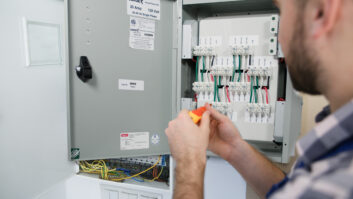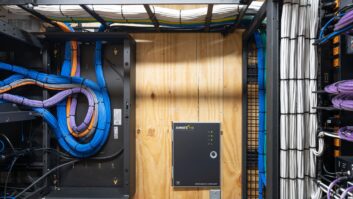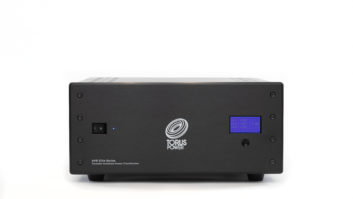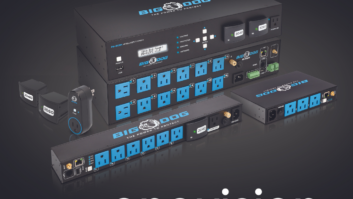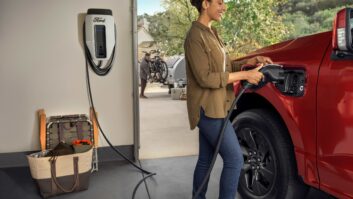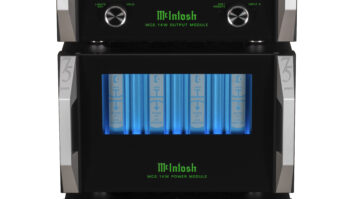When homeowners reach out to an AV installer to equip their house with an automation, security, or home theater system, they typically know what they’re looking for when it comes to the experience in their home. They might be looking for a way to control their home remotely while they travel, see who’s at their door, or to set the mood for the perfect movie or sports night. At the device level, the customer may request a few brand names for speakers or TVs, but they generally are seeking the expertise of their integrator to bring the solution to life.

Image: Thinkstock
Beyond the devices that homeowners request directly, the installers are responsible for a lot of work behind the scenes for the network, mounts, wiring, and power foundation. The wireless network is at the forefront of consumers’ minds because they use it so frequently for connectivity and other methods of entertainment, and frustration can run especially high when the network isn’t working. Power conditions are as important as the network, but aren’t typically a large customer consideration—so long as the power isn’t frequently going out, they’ll give it little thought.
Informed installers know that the power conditions of the home are an important factor. If the power coming into the home is unclean, it can mean that devices receiving it experience surges, spikes, sags, and electrical transients, which can have negative effects on the system and disrupt device-level performance. Homeowners can become easily frustrated if they think their newly installed system isn’t working if it needs frequent attention from the dealer after the installation; they commonly attribute the problems to dealer error, where their system may actually be suffering from poor power quality.
A proactive approach taken by some dealers is to install a proper power foundation first in order to protect their customers’ investment, prevent frequent service calls, and protect their own reputation. An ideal foundation first curbs ground contamination, which contributes to the miscommunication and/or sync issues that can typically be resolved with device reboots. A second element to this approach uses dual-conversion online UPS technology to generate clean, stable power conditions so that sensitive devices can stay up and running longer; plugging the UPS into a surge elimination outlet is usually the best method.
If multiple beefy amplifiers are used, a separate 20a circuit can bring service to a sequencer; doing this minimizes the chance that their inrush current exceeds the circuit rating. And because reboots happen regardless, plugging an IP-addressable power product into the system design is critical—but be sure that it’s plugged into that dual-conversion, online UPS so it stays powered on during power events which make their way through to the connected gear.
Many installers already proactively install these devices to reduce service calls, but it’s not yet a standard practice due to the barrier of customer understanding. Some dealers who I’ve worked with discussed how they approach this to get their customers on board early.
For integrators like Igor Reoutt from Powersurge Electric and Integration, putting in surge elimination from AMETEK Electronic Systems Protection’s SurgeX in is mandatory for all of his installations.
“It’s non-negotiable,” said Reoutt. “Once I fill them in on my experience with SurgeX equipment and explain how it’s the only product on the market that eliminates the surge energy, it clicks for them and they’re fine with the installation.”
Many other dealers take a similar approach. New York-based iQuarters’ president Michael Brander suggests including power protection upfront in the initial proposal, “that way it doesn’t appear as an add-on but more of a foundation piece.” Including the power protection in initial conversations with customers builds trust and helps dealers explain why it’s important early on in the process.
Some dealers cite the negative effects that poor power quality and surges can have on their sensitive equipment, such as early degradation and device downtime that requires dealer intervention. Luke Germain from Tune Street shared that his clients aren’t surprised by the need for power protection, and are quick to understand the value for after a simple explanation of its importance. No matter the size of the system, homeowners expect the system to work well and to last, and a power foundation is the right place to start. Laying a solid power and network foundation gives the homeowner more time to enjoy their system.
